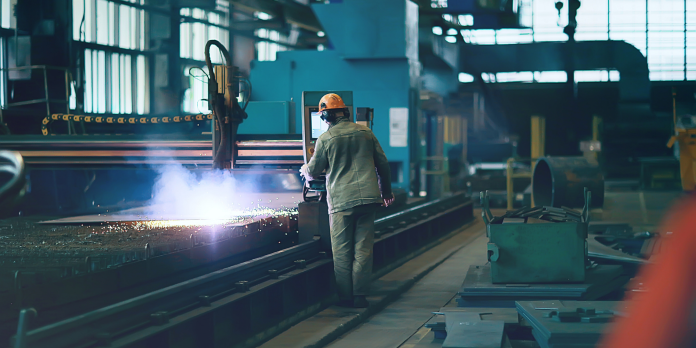Urethane casting is a process that can be used to create high-quality parts from a variety of materials. In this article, we will discuss the basics of the urethane casting process and offer some tips for getting the best results. Visit LEADRP
The urethane casting process begins with the creation of a mold. This can be done using a variety of methods, but the most common is to create a negative mold from an existing part or model. Once the mold is created, it is filled with liquid urethane and allowed to cure. After the urethane has cured, the part can be removed from the mold and finished as desired.
Benefits of Urethane Casting
One of the benefits of urethane casting is that it allows for the use of a wide variety of materials. Urethane can be cast with a variety of hardnesses, from soft rubbers to rigid plastics. This makes it possible to create parts that have a wide range of properties, from flexible gaskets to strong housings. Additionally, urethane can be cast in a variety of colors and finishes.
Urethane casting is an accurate process that can produce parts with tight tolerances. This makes it an ideal choice for applications where dimensional accuracy is critical, such as medical devices or aerospace components.
Urethane casting is a versatile process that can be used to create parts with a wide range of properties. By carefully selecting the materials and finishes, it is possible to create parts that meet the specific needs of your application.
Tips for Successful Urethane Casting
There are a few things to keep in mind when preparing for urethane casting. First, it is important to create a high-quality mold. This will ensure that the parts you create are dimensionally accurate and have a smooth surface finish. Additionally, it is important to use the correct materials for your application. Choosing the wrong material can result in parts that are too soft or too brittle. Finally, be sure to follow the cure times and temperatures specified by the manufacturer to ensure that the parts are properly cured.
1. Choose the right urethane resin.
There are many different types of urethane resins available on the market, so it is important to select the one that is best suited for your application. If you are unsure about which resin to use, consult with a urethane casting expert.
2. Prepare your mold.
Ensure that your mold is clean and free of any debris or contaminants. It is also important to make sure that the mold is properly lubricated to allow for easy release of the casting.
3. Mix the resin properly.
Be sure to follow the manufacturer’s instructions when mixing the urethane resin. Incorrect mixing ratios can result in poor casting quality or even failure of the casting process.
4. Pour the resin slowly and evenly.
Pouring the resin too quickly or unevenly can cause air bubbles to form in the casting, so it is important to pour slowly and evenly to avoid this issue.
5. Cure the casting properly.
Curing is an important step in the urethane casting process, so be sure to follow the manufacturer’s instructions carefully. Improper curing can result in poor casting quality or even failure of the casting.
6. Remove the casting from the mold.
Once the casting has cured, it is time to remove it from the mold. Be careful when removing the casting, as it can be fragile.
7. Inspect the casting for defects.
Once the casting is removed from the mold, inspect it for any defects. If any defects are found, they can usually be repaired with a urethane repair kit.
Conclusion – How to Urethane Cast a Part – Casting Process and Tips
Urethane casting is a versatile process that can be used to create parts with a wide range of properties. The key to successful urethane casting is to choose the right materials and follow the manufacturer’s instructions carefully. By following these tips, you can produce high-quality parts that meet the specific needs of your application.










